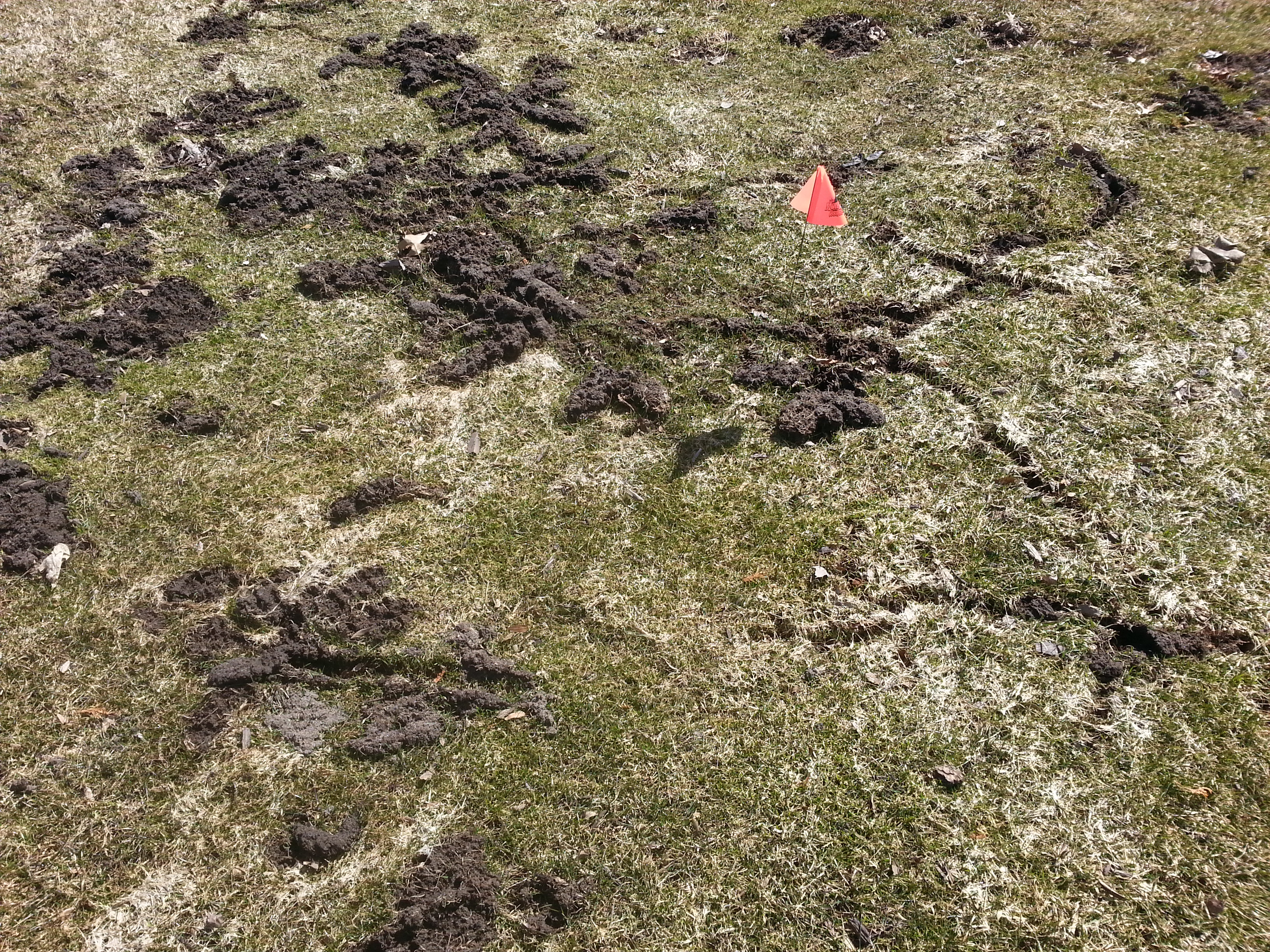Proven Vole Control Approaches to Secure Your Property
Proven Vole Control Approaches to Secure Your Property
Blog Article
Mastering Vole Insect Control: Comprehensive Insights on Problem Avoidance and Treatment Approaches
By recognizing the refined indicators of vole problem early on, we can take aggressive actions to stop prevalent damages. In this conversation, we will discover the nuances of vole actions, delve into the identification of infestation indicators, and discover the most efficient avoidance and therapy methods.
Understanding Vole Habits
Checking out the foraging patterns of voles supplies valuable understandings right into their behavior and habitat preferences. By observing their foraging habits, researchers can obtain a far better understanding of where voles like to establish their habitats and the degree of their environmental effect.
Research study shows that voles display selective feeding habits, favoring seeds, roots, and bulbs. This nutritional choice affects their foraging patterns, leading them to areas rich in vegetation and ground cover. In addition, voles are known to develop fancy tunnel systems for foraging and nesting objectives, indicating a high level of versatility to their surroundings.
Understanding vole actions is important for carrying out targeted parasite control measures that disrupt their habitat preferences and foraging tasks (vole yard damage). By examining their habits, experts can develop extra efficient prevention and treatment strategies to manage vole infestations

Identifying Indicators of Vole Infestation
Vole problems can be identified by acknowledging details signs of their visibility in an area. One of the most usual indicators of a vole infestation is the presence of surface paths.
An additional key indicator of vole invasion is the visibility of little burrow openings in the ground. In addition, voles are recognized to leave behind chewed plant stems, origins, and bulbs near their burrow openings, suggesting their feeding task in the location.
Locating these droppings along runways or near burrow openings can validate a vole invasion. By being cautious for these signs, building owners can quickly attend to vole problems and stop additional damages.
Applying Proactive Avoidance Procedures

Additionally, utilizing natural vole deterrents like castor oil-based repellents or killer urine can serve as reliable preventive actions. It is also suggested to regularly inspect outdoor spaces for any signs of vole activity, such as paths or burrow openings, to deal with possible invasions immediately. vole pest control. By adopting these positive avoidance methods, homeowner can dramatically decrease the possibility of vole damages and preserve the wellness and aesthetics of their landscapes
Efficient Therapy Strategies
Integrating targeted capturing approaches and using accepted rodenticides are crucial parts of effective treatment methods for handling vole invasions. Capturing can be an efficient method to minimize vole look at this website populations, specifically when positioned purposefully in their active paths. Snap catches and live catches can both work, with the last permitting the capture and relocation of voles. When making use of rodenticides, it is essential to comply with safety and security standards to avoid injury to non-target animals and pet dogs. Area rodenticides in secure lure stations to reduce dangers to unintentional targets. In addition, environment adjustment, such as decreasing ground cover and removing resources of food, can assist prevent voles from infesting a location. Normal tracking and upkeep are additionally vital facets of successful treatment strategies to make certain that vole populaces are maintained under control. By combining trapping, rodenticides, habitat adjustment, and regular monitoring, reliable vole bug control can be achieved.
Tracking and Upkeep Tips
Maintaining a systematic routine for surveillance and carrying out regular upkeep tasks is crucial to sustain the effectiveness of vole parasite control measures. Normal monitoring permits the early detection of vole activity, enabling prompt treatment prior to infestations intensify. To successfully keep track of vole populaces, tactically put traps can be utilized in vole runways or near burrow entrances. By on a regular basis examining these catches, home owners can assess the degree of vole activity and adjust control methods appropriately.
Additionally, preserving a well-kept and clean landscape is essential in vole avoidance. Clearing away debris, such as heaps of wood or dense greenery, gets rid of potential vole environments. On a regular basis cutting and cutting grass greenery helps in reducing vole hiding areas and lessens their accessibility to food sources.
In addition, ongoing upkeep Your Domain Name of physical obstacles, such as fencings or cord mesh, is important to stop vole breach. Examining and fixing any type of damages to these frameworks makes sure that vole control remains efficient in securing properties from invasions. By integrating these tracking and maintenance techniques into a detailed vole bug control plan, people can effectively handle vole populations and protect their buildings from damages.
Verdict
Finally, mastering vole bug control calls for a solid understanding of vole actions, the capability to identify signs of invasion, implementing aggressive prevention procedures, try this out efficient therapy strategies, and consistent monitoring and maintenance. By taking a thorough method to vole control, people can effectively manage and stop problems, inevitably securing their building and bordering environment from damage triggered by these small rodents.
In this conversation, we will explore the subtleties of vole habits, dive right into the recognition of infestation indications, and discover the most effective avoidance and therapy approaches.Incorporating targeted trapping approaches and using authorized rodenticides are necessary components of reliable treatment techniques for managing vole infestations. To properly keep track of vole populations, tactically put traps can be used in vole paths or near burrow entryways. Evaluating and repairing any problems to these frameworks ensures that vole control remains reliable in safeguarding residential or commercial properties from infestations. By including these tracking and upkeep methods into an extensive vole parasite control strategy, people can effectively handle vole populations and shield their residential or commercial properties from damages.
Report this page